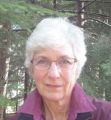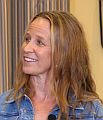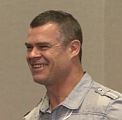GEORGIA BASIN INTER-REGIONAL EDUCATIONAL INITIATIVE: “With the change of government in late 1991, all of a sudden land use planning and natural resource management was front and centre, and I really wanted something substantive to do,” stated Joan Sawicki, land and resource management champion, and former provincial cabinet minister

“There was a clear understanding and consensus on the challenges – that the Georgia Basin was one of the most ecologically diverse regions and also one of the most threatened. There was trouble in paradise. All communities knew they were under intense pressures and that we had to do something about it. With a strong Minister of Municipal Affairs, Darlene Marzari, the ‘settlement side’ of land use planning went straight into regional planning and the Growth Strategies Act. We also had been given a clear vision along with sustainability principles,” stated Joan Sawicki.










